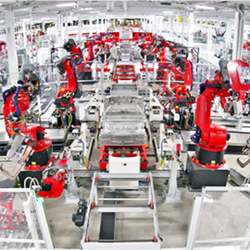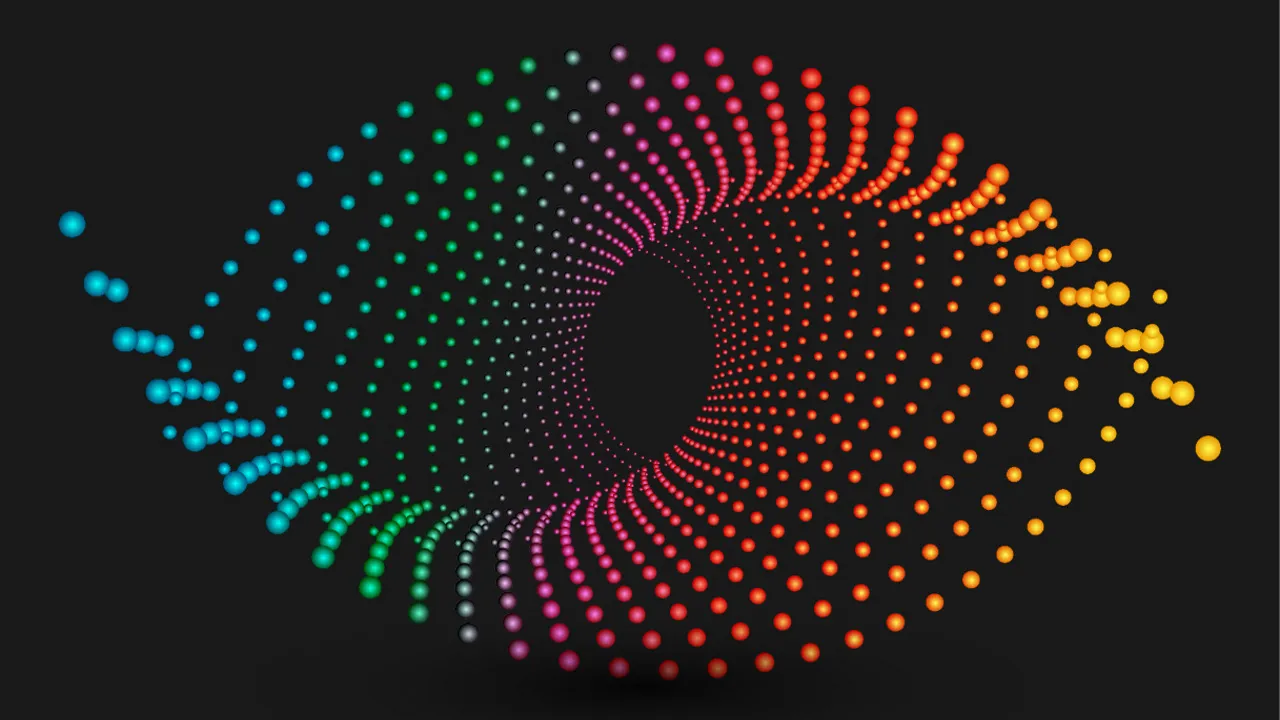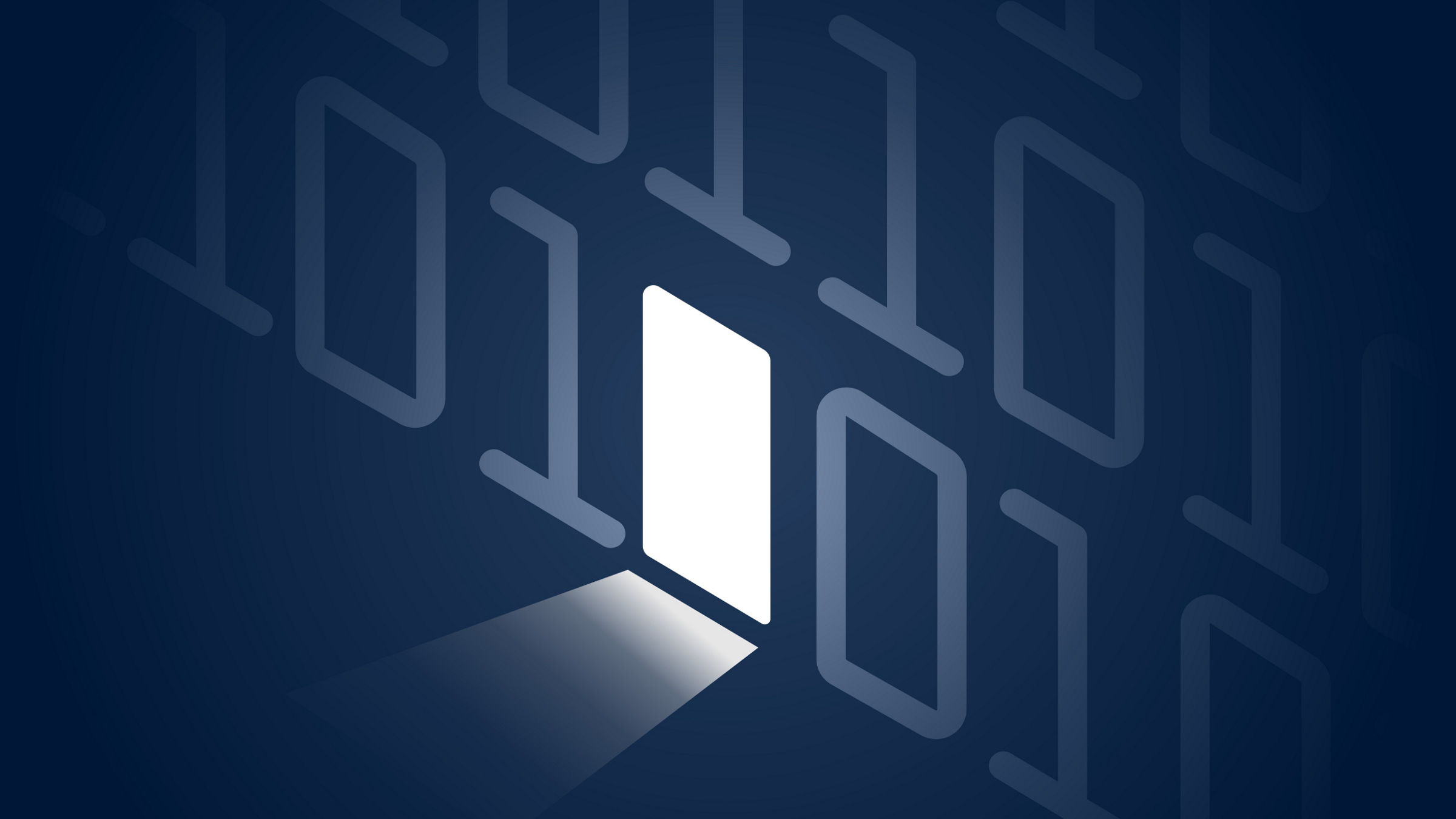
Do not be surprised if, the next time you pull into a corporate parking lot, you discover a robotic device with a camera and sensor has captured your license plate number and details about your car. The device has a database of all license plate numbers authorized to use that lot, "so if it finds license plate that shouldn’t be there, it can alert someone,’’ says Philip Solis, research director at ABI Research.
Welcome to the age of the Internet of Robotic Things (IoRT), which takes the Internet of Things — today largely made up of sensors that communicate data they collect about a function in a device, such as a thermostat or electric meter — to the next level.
ABI Research defines the IoRT as intelligent devices that can monitor events, fuse sensor data from a variety of sources, and use "intelligence" to determine what course of action to take and then act to control or manipulate physical objects. "The incorporation of the robotics aspect into the wider IoT transforms the landscape currently dominated by business models built upon passive interaction to dynamic and physical relationships between the digital and physical world,’’ ABI Research stated in a 2014 report.
Today, consumer robots requiring even minimal input from a human being have become more prevalent, says Solis, and significant strides have been made in the industrial robot sector, where a robot armed with sensors and machine learning should be able to function on its own once it is set up and automated, he explains. The robot adds the ability to "move in space physically. A smartphone just sits there, but to cross the threshold into robotics, it has to move in space."
Solis cites the example of Amazon Robotics’ warehouse automation fulfillment center, which uses mobile robots to move bins and pallets along long corridors, while using technologies such as language perception, computer vision, depth sensing, machine learning, object recognition, and the ability to understand commands so the robots coordinate their movements and do not block each other.
"The applications are endless of how machine learning can be applied with the Internet of Robotic Things,’’ he says.
One key enabler for making robots useful in the IoT realm is their ability to coordinate their actions to solve complex problems, agrees Magnus Egerstedt, Schlumberger Professor in the School of Electrical and Computer Engineering at the Georgia Institute of Technology (Georgia Tech), and executive director of Georgia Tech’s Institute for Robotics and Intelligent Machines, the latter of which is currently investigating how teams of robots can coordinate their actions over a communication network like the IoRT, he says.
"One particular aspect of this that we are interested in is how people can remotely engage with teams of robots to solve tasks such as finding missing objects or patrolling areas of interest,’’ Egerstedt says. "Instead of just being able to control your thermostat via a smartphone, the idea is to also be able to control a team of robotic vacuum cleaners or guard dogs."
Another example of an application using advanced robotics and IoT is Aetheon’s Tug robot, which can be used in a hotel or hospital setting, Solis says, since it can deliver things to people, such as food trays or linens, without bumping into people during its trip.
The consumer space has seen greater strides with robotics and IoT than the commercial, observes Martial Hebert, director of The Robotics Institute at the School of Computer Science at Carnegie Mellon University. The techniques through which the robot acquires data about the environment are "fairly mature," but "the question is then [how] to integrate all those techniques into products that are reliable and cost-effective."
It used to be that a robot had to sense and understand its environment by itself through sensors alone; now, Hebert says, "We have intelligent devices everywhere, so the robot has the luxury to use all the information from all the devices in the environment, so potentially, there is a wealth of information floating around … that a robot can use instead of being limited to their own sensors."
Solis believes while robots have been used in the industrial sector for process manufacturing for a long time, they are gaining more traction on the commercial side. "It’s a ramp-up that’s happening now. It will be more popular in a few years, especially around 2019 or 2020,’’ he says, "but it will keep growing because use-cases will increase."
As the IoRT becomes more prevalent, it will become harder and harder to tell robots apart from everyday objects such as toasters and laundry machines that also will become increasingly intelligent and aware, notes Egerstedt.
One significant benefit to the robots themselves is that they can share their experiences with other robots, Egerstedt adds. "If a robot learns a better way of mowing the lawn, then through the IoRT, this experience can be shared and all of a sudden, many robots have learned how to mow the lawn."
In the shorter term, he thinks precision agriculture is an especially promising domain for IoRT, as sensors out in the fields will alert robots to respond to a need for water, pesticides, or fertilizers in specific locations, allowing for much more targeted and resource-conserving farming.
"We can expect to see robots show up in more and more markets, such as transportation, manufacturing, and environmental monitoring, as the IoRT becomes more mature,’’ Egerstedt predicts.
Esther Shein is a freelance technology and business writer based in the Boston area.



Join the Discussion (0)
Become a Member or Sign In to Post a Comment